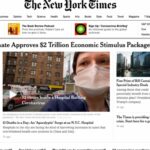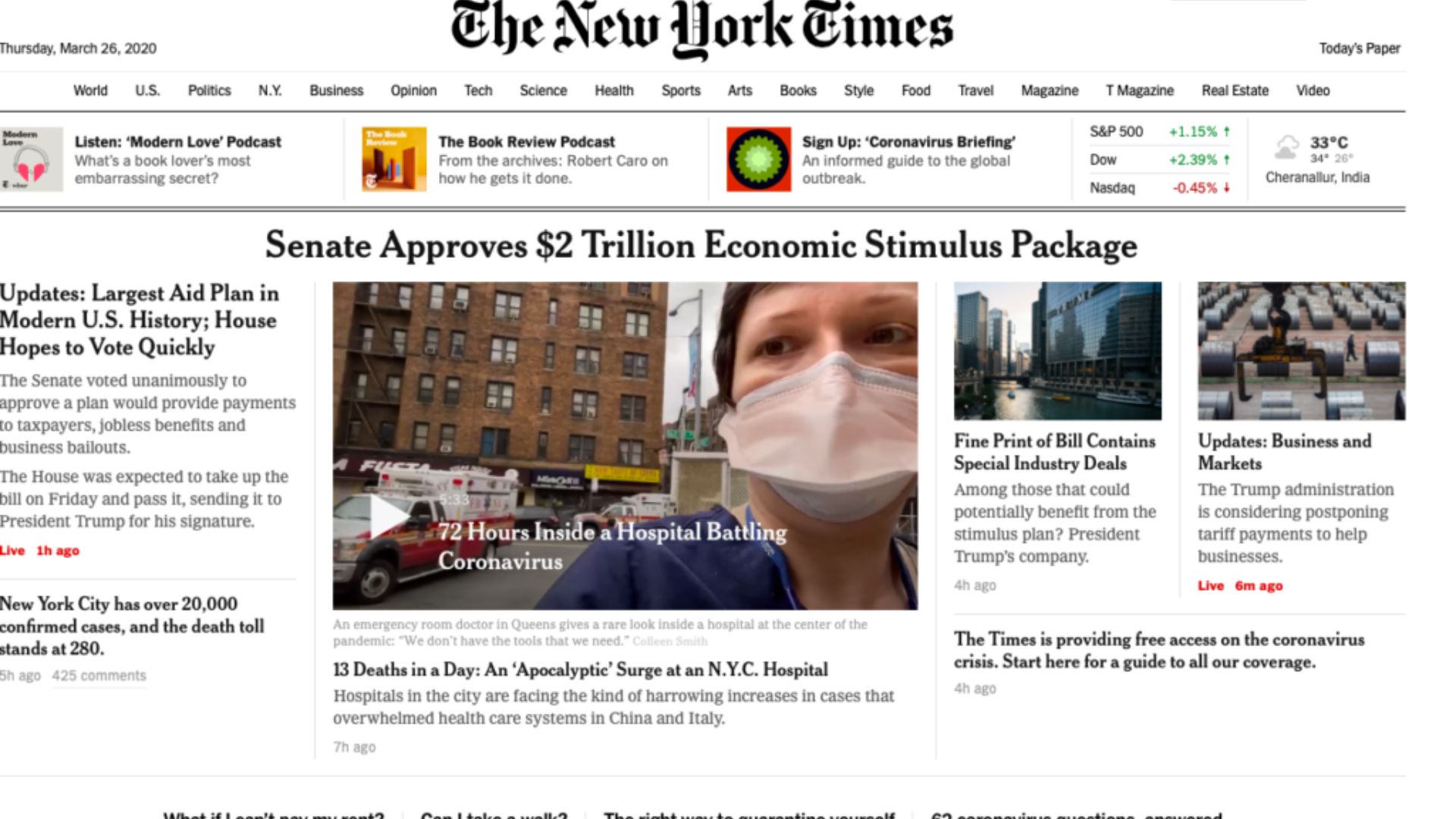When designing landing pages for conversion optimization, various elements can significantly impact the effectiveness of your page. Here are some crucial design elements to consider:
- Compelling Headline: Start your landing page with a strong and attention-grabbing headline. Clearly communicate the value proposition or offer to instantly capture visitors’ interest and encourage them to continue reading.
- Clear and Concise Copy: Use clear and concise copy that highlights the benefits of your product or service. Focus on addressing visitors’ pain points and explaining how your offer can solve their problems. Use bullet points, subheadings, and bold text to make the copy scannable and easy to digest.
- Engaging Visuals: Incorporate high-quality images, videos, or graphics that are relevant to your offer. Visuals help create a connection with visitors, communicate information quickly, and make the landing page visually appealing. Use visuals that evoke emotion or showcase the benefits of your product or service.
- Strong Call-to-Action (CTA): Place a prominent and compelling CTA button that clearly tells visitors what action to take next. Use persuasive language and contrasting colors to make the CTA button stand out. Ensure that your CTA is specific and matches the visitor’s expectations based on the offer.
- Trust Signals: Include trust-building elements to alleviate any doubts or concerns visitors may have. This can include testimonials, customer reviews, trust badges, client logos, or social proof indicators. Trust signals instill confidence in visitors and reinforce the credibility of your offer or brand.
- Minimal Distractions: Minimize distractions on your landing page to keep visitors focused on the main offer and encourage conversions. Remove unnecessary navigation menus, sidebar content, or external links that may divert visitors’ attention away from your desired conversion goal.
- Mobile Responsiveness: Optimize your landing page design for mobile devices. With a significant number of users accessing the web on smartphones and tablets, it’s crucial to ensure that your landing page is responsive and offers a seamless user experience across different screen sizes.
- Social Sharing Buttons: Add social sharing buttons to encourage visitors to share your landing page with their networks. This can help extend your reach and attract new visitors who trust recommendations from their peers.
- Persuasive Elements: Use persuasive copywriting techniques such as scarcity (“limited time offer”), urgency (“act now”), or social proof (“join over 10,000 satisfied customers”). These elements can create a sense of anticipation, urgency, and influence visitors’ decision-making process.
- A/B Testing: Continuously test and iterate on different design elements to optimize your landing page’s performance. A/B testing allows you to compare variations and identify the most effective design changes for improving conversions.
By implementing these landing page design elements, you can create optimized pages that effectively engage visitors, communicate your value proposition, and drive conversions. Remember to tailor these elements to the specific needs and preferences of your target audience, and continuously monitor and optimize your landing pages for ongoing improvements.










